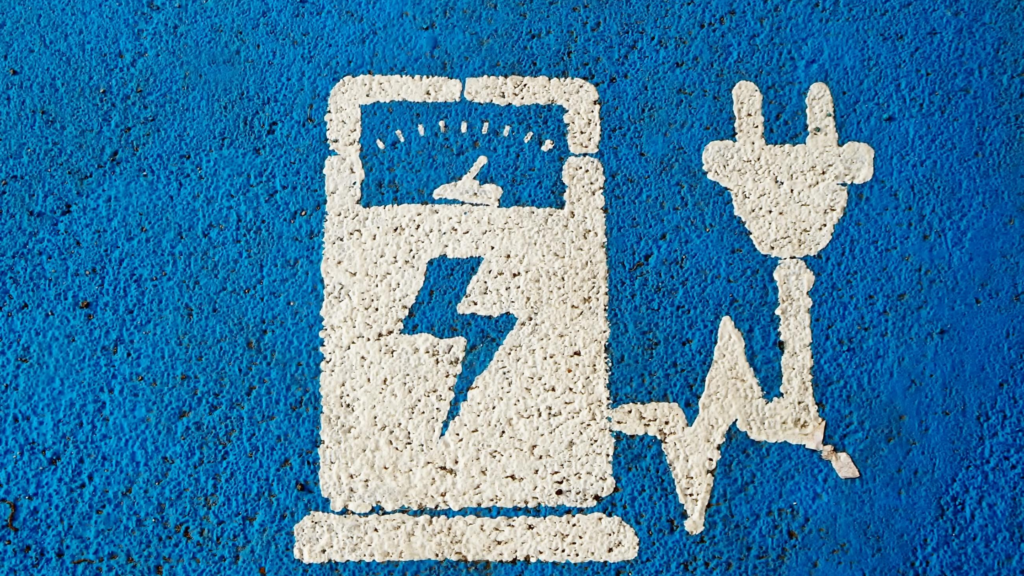Either you have it or you are going to have it! – I am talking about your choice of Electric Vehicle (EV). Let me truly appreciate you for your concern for nature. At the same time, I would like to take you through the facts.
As we know, currently 1% of total vehicle fleet all over the world is battery-run EVs. There has not been any global action plan to expand the use of EVs though some countries have started their production and usage. Even those pioneer countries face challenges in regular recharge and maintenance, disposal of condemned vehicles and recycling or destruction of useless electronic parts. As a general perception, EVs are thought to be a proper substitute for vehicles driven on petroleum products for reducing carbon dioxide emission. But, an end-to-end study of the manufacture and usage of battery EVs will surprise you: electric vehicles cause more carbon emission! But we can achieve the goal of reduced emission, to a great extent, by reducing the number of vehicles used and changing the ways of using vehicles in general.
Impact of Electric Vehicles on Indirect Carbon Emissions
Electricity technology in developing nations is dependent on fossil gas-based thermal strength plants. Therefore, the advent of electric vehicles will continue shifting the hazard of emissions from the operation stage to the strength era level. In this paper, an in-depth evaluation of the challenges faced by way of electric-powered vehicles is mentioned, and analysis turned into performed on the equal Carbo emissions from electric cars through considering three eventualities 1) present-day power era, 2) energy generation considering the setup capacity, and 3) imaginative and prescient 2022. based on the three scenarios, the primary goals of this work are to recognize the potential of electric cars to lessen the general Carbon emissions later considering the indirect Carbon emissions from the power era and to spotlight the significance of emission manipulate techniques.
Let me tell you the facts of Electric Vehicles:
Primarily, it’s about the raw material used for producing EV batteries. We are not sure about availability of enough battery raw materials to replace even half of vehicles run on fossil fuels! Even if we have enough raw materials, there are drawbacks. The mining and processing of minerals used as battery raw materials such as cobalt, graphite, lithium and manganese produce a lot of dirt to cause large scale environmental pollution. It adds to the threat of ecological imbalance. It is not definitely something which you or I want to happen…Secondarily, by a run of 50, 000 miles an EV would have produced more carbon dioxide than a comparable fossil-fuel vehicle! I know, you are humorously surprised… Further, comparatively, EVs will be responsible for more carbon dioxide production if they are recharged on energy produced through the coal-fired method. So, Electric vehicles are no way a substitute for reduced emission.
Can we think of a few alternatives?
There are a few ways – systemic as well as technological. You and I will be a part of it…Reducing the overall number of vehicles being used is a plain solution. Governments can help and encourage us to use mass vehicles such as buses and trains more. Subsidized cost and comfortable travel will motivate people to use them. The buses can run on Compressed Natural Gas (CNG) and trains on electricity. All youngsters should be encouraged to use bicycles provided by public Transport Corporations or a government department. Large firms- Public and Private- can provide their employees with shelter facilities within their compound or in close proximity so that there is less or no travel for work. As we see around, car pooling and scooter pooling are strategies which are already in successful implementation. Especially in the current situation the provision of working from home saves a lot of travel reducing a lot of carbon emission- we feel it!
So, what do we learn?
Initiation of a massive change meant for long-term effects should be based on well-established facts of its sustainability and suitability. The option of EVs was seemingly beneficial and practical, but in respect of reducing carbon dioxide emission, it’s not an option at all. While we initiate everything possible to reduce travel, innovation has no limit! Let’s aspire and venture for sustainable means of reduced emission. Read more about the upcoming trend of electric vehicle in India.

